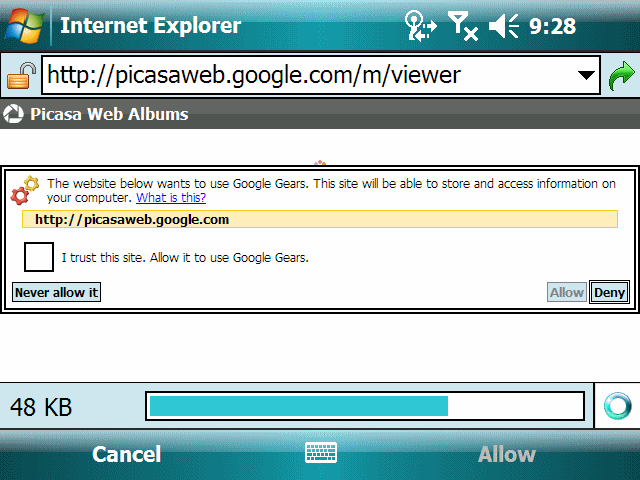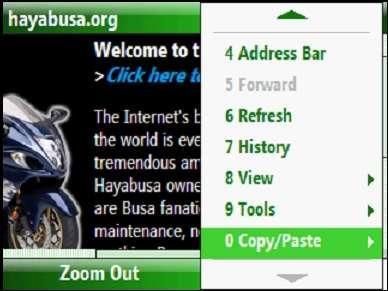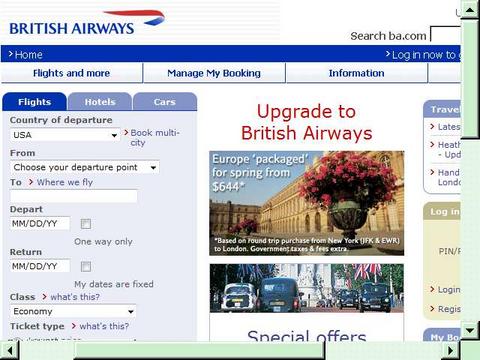The funny thing about the iPod touch is that I use it for everything except listening to music and podcasts. Why? Touch devices like the iPod touch and Pocket PC are two-handed devices. Both require you to cradle it one hand and manipulate it with the other. Non-touch iPods, like non-touch Windows Mobile smartphones, are designed from the ground up to be one-handed devices. I can adjust the volume, go backwards and forwards through a song list, pause or play on a non-touch iPod without looking at the navigation wheel. This is pretty much impossible for me on the iPod touch.
I’m heading to Seattle to attend the Microsoft Global MVP Summit next week. And, I was just debating whether to take an iPod video or iPod touch with me. Yeah, it would be more P.C. to take a Zune, but as I’ve mentioned here before, it takes forever to get video podcasts and other video files on the 1st generation Zune. And, I’m planning to catch up on a bunch of video podcasts on the flights to and from SeaTac. I’ll probably take the iPod touch to get a better video viewing experience. But, I really wish Apple had an iPod touch with a navigation wheel to provide tactile feedback.



